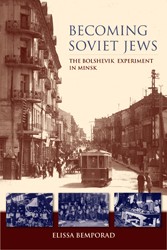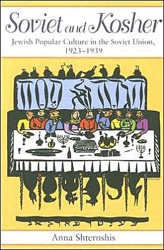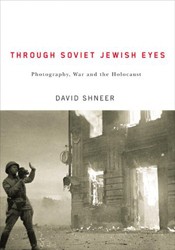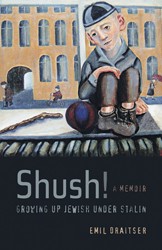This book explores and maps the development of Jewish public culture in the final decades of the Tsarist Russian Empire. The focus is particularly on the decade that followed the Revolution of 1905, when opportunities blossomed for organizing a variety of voluntary associations and organizations, although the Tsarist regime continued to restrict free cultural expressions that might lead to demands for more political change. Traditional Jewish communal life was transformed with the establishment of a plethora of voluntary cultural organizations that included libraries, literary clubs, musical groups, historical societies, and both amateur and professional theater, that were open to both men and women.
Much of the new Russian Jewish culture was oral and aural in form, with an array of lectures, readings, performances, debates, and discussions that attracted ever-growing numbers of Jews. Thousands scrambled to see and hear such writers as Mendele, Peretz, and Sholem Aleichem, who traveled the Russian Jewish lecture circuit.
Nevertheless, deciding what language to use divided many groups, torn over whether to concentrate on activity in Russian, Yiddish, or Hebrew, each representing different aspirations and social outlooks. This book provides a sense of the dynamism of Jewish cultural life, broadly defined, in what was the world’s largest Jewish community whose descendants established American Jewry. Bibliography, index, map, notes, photographs.





